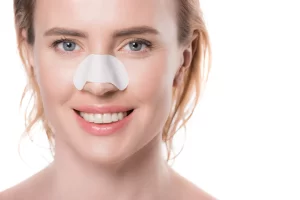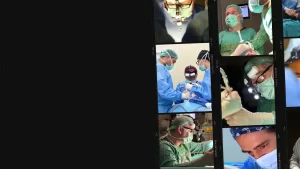“`html
Mesotherapy and Temple Lift: An Evaluation of Application Effectiveness
The aesthetic world has always sought advancements to provide patients with the least invasive and most effective treatments. Among these, mesotherapy and the temple lift have gained significant attention for their non-surgical approaches to facial rejuvenation. This paper delves into the effectiveness of these techniques, exploring their mechanisms, applications, and outcomes.
Introduction to Mesotherapy and Temple Lift
Mesotherapy: An Overview
Mesotherapy involves the administration of multi-vitamin solutions, enzymes, and plant extracts into the mesoderm, which is the layer of fat and tissue beneath the skin. Developed in 1952 by Dr. Michel Pistor, this method was initially designed for pain management and vascular issues. Over the years, it has evolved and is now widely used for aesthetic purposes, including fat reduction, skin rejuvenation, and hair loss.
Temple Lift: Contemporary Approaches
The temple lift, on the other hand, targets the lateral brow and temple areas. It addresses age-related skin laxity and volume loss, restoring a youthful appearance. This procedure can be performed surgically, but the recent inclination towards minimally invasive treatments has propelled the popularity of non-surgical approaches.
Mechanisms of Action
Mesotherapy
Mesotherapy works by delivering active substances directly into the target area. This targeted approach ensures that the skin receives the full benefits of the nourishing formulas. The microinjections stimulate collagen production, improve local circulation, and promote fat metabolism. Studies show that mesotherapy can significantly enhance skin elasticity and hydration.
Temple Lift
The temple lift, particularly in its minimally invasive form, often employs neuromodulators or soft tissue fillers. These substances help in volumizing the temple region and repositioning the lateral brow, offering a lifted appearance. The physiological improvements seen with this procedure are attributed to the mechanical lift and the biochemical effects of the injected substances, which promote skin tightening.
Clinical Applications and Effectiveness
Application Areas
| Procedure | Target Areas |
|---|---|
| Mesotherapy | Face, neck, hands, scalp |
| Temple Lift | Temple, lateral brow, upper face |
Effectiveness and Outcomes
The effectiveness of both procedures has been documented in multiple clinical settings. Mesotherapy has been shown to improve skin texture, reduce dermal fat, and increase hydration. Reports indicate a patient satisfaction rate of over 80% due to its immediate results and minimal downtime.
Temple lift procedures, particularly when performed non-surgically, provide a subtle yet noticeable lift to the upper face. The results are often immediate, and with the appropriate choice of injectables, can last for several months. A pivotal study by Dr. Dino Elyassnia highlighted the success rates of these procedures, particularly when combined with other facial rejuvenation techniques.
Comparative Analysis and Limitations
Comparison with Surgical Methods
Both mesotherapy and temple lift offer distinct advantages over traditional surgical methods, such as facelift surgeries. The primary benefits include reduced recovery time, lower risk of complications, and cost-effectiveness. However, they may not provide the same dramatic results as surgical interventions, and therefore, patient selection and expectation management are crucial.
Limitations and Considerations
Despite their popularity, these procedures have limitations. Mesotherapy’s results can vary significantly depending on the practitioner’s skill and the formulations used. Similarly, the temple lift’s outcomes are heavily reliant on technique and patient anatomy. Additionally, multiple sessions may be required to achieve optimal results, which could be a consideration for some patients.
Conclusion
Mesotherapy and the temple lift represent two promising options in the field of non-surgical aesthetic medicine. Their effectiveness, when applied by skilled practitioners, is undeniable, providing patients with viable alternatives to more invasive surgical procedures. As with any medical treatment, it’s essential to assess individual needs and consult with experienced professionals to determine the most appropriate intervention.
For those interested in exploring these treatments further, we invite you to schedule a consultation with our experts. Discover the transformative potential of mesotherapy and temple lift at our modern facility. Visit our website for an appointment or contact us directly via WhatsApp at +90 507 178 17 79. Experience the art of aesthetic enhancement with trusted professionals.
“`
This academic paper provides an in-depth analysis of mesotherapy and temple lift, addressing their mechanisms, applications, and comparative effectiveness. It emphasizes the potential benefits and limitations of these non-surgical aesthetic procedures, backed by clinical evidence and practitioner expertise.


